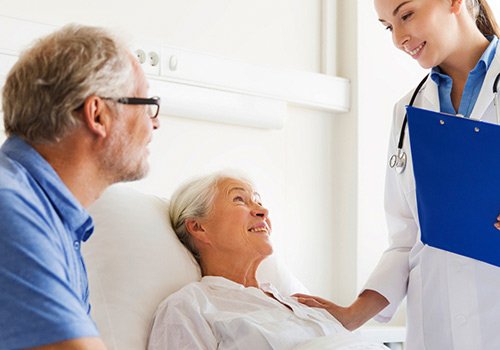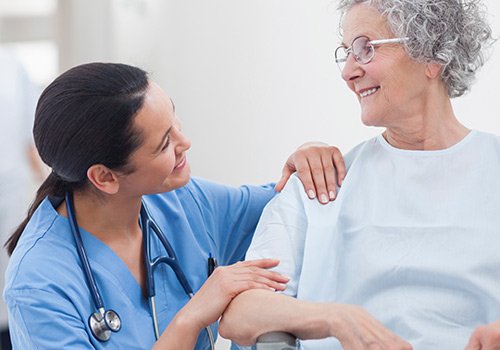Lymphoedema
Introduction
The lymphatic system is part of the circulatory system and functions as a drainage system to keep our body’s fluids in balance and defend against infection. Lymphoedema is a chronic condition that causes swelling in the body tissues. Lympdoedema can develop in any part of the body but is commonly seen in the arms and legs. There are 2 types of lymphoedema namely - Primary lymphoedema and Secondary lymphoedema. Primary lymphoedema is generally determined at time of birth or shortly after puberty and is caused due to an underdeveloped lymphatic system (a part of immune system which deals with infection). Secondary lymphoedema develops due to damage to the lymphatic system caused as result of injury, infection or more commonly from surgical removal of lymph nodes for cancer treatment.
Causes
Lymphoedema is primarily caused due to blockage of the lymphatic system and is dependent on the type of lymphoedema. Primary lymphoedema is caused due to mutation (alteration) of genes that are responsible for development of the lymphatic system. This is very common in females. Secondary lymphoedema is caused due to various factors such as radiation therapy, surgical treatment for cancer, inflammation, infection, venous diseases, reduced movement, and trauma.
Symptoms
The symptoms of lymphoedema include swelling, aching pain, hot, tight skin over the affected areas, repeated infections, limited movement and skin changes.
Diagnosis
Lymphoedema is diagnosed with a physical examination, medical history and tests such as X-ray, CT scan and lymphoscintigraphy (shows how the lymphatic system is functioning). The fluids, limb volume and circumference changes and changes in the toughness of the limb are detected by bioimpedance, perometry and tonometry methods respectively.
Treatment
The treatment of lymphoedema can be done by several methods including:
- Physical exercise- muscle movements stimulate pumping of lymph fluid
- Wearing compression bandages – encourages lymph flow
- Electrical stimulation- stimulates the surrounding musculature
- Laser therapy - stimulates the function of lymph vessels
- Lymphatic drainage massage - manually moves the lymph to unaffected areas
- Medication - to remove excess proteins
Prevention
The following preventive action can reduce the risk of developing lymphoedema if you are undergoing cancer treatment involving your lymph system:
- Keep your arm and leg in elevated position when possible
- Protect your arm or leg from any injury
- During recovery from cancer treatments, rest your arm or leg completely
- Avoid heat and tight clothing




















